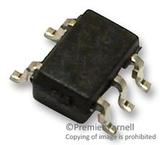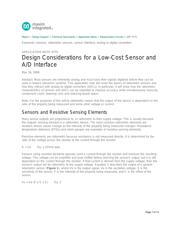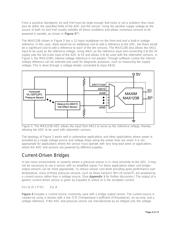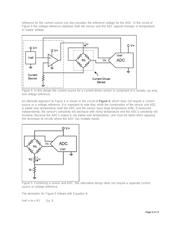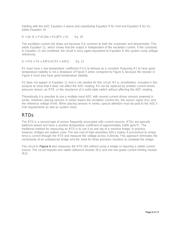下载

Maxim > Design Support > Technical Documents > Application Notes > Measurement Circuits > APP 3775
Keywords: sensors, ratiometric sensors, sensor interface, analog to digital converters
APPLICATION NOTE 3775
Design Considerations for a Low-Cost Sensor and
A/D Interface
Mar 24, 2006
Abstract: Most sensors are inherently analog and must have their signals digitized before they can be
used in today's electronic systems. This application note will cover the basics of ratiometric sensors and
how they interact with analog-to-digital converters (ADCs). In particular, it will show how the ratiometric
characteristics of sensors and ADCs can be exploited to improve accuracy while simultaneously reducing
component count, lowering cost, and reducing board space.
Note: For the purposes of this article ratiometric means that the output of the device is dependent on the
ratio of the property being measured and some other voltage or current.
Sensors and Resistive Sensing Elements
Many sensor outputs are proportional to, or ratiometric to their supply voltage. This is usually because
the outputs' sensing element is a ratiometric device. The most common ratiometric elements are
resistors whose values change as the intensity of the property being measured changes. Resistance
temperature detectors (RTDs) and strain gauges are examples of resistive sensing elements.
Resistive elements are ratiometric because resistance is not measured directly. It is determined by the
ratio of the voltage across the resistor to the current through the resistor.
R = V/I Eq. 1 (Ohms law)
Sensors using resistive elements typically send a current through the resistor and measure the resulting
voltage. This voltage can be amplified and level shifted before reaching the sensor's output, but it is still
dependent on the current through the resistor. If that current is derived from the supply voltage, then the
sensor's output will be ratiometric to the supply voltage. Equation 2 describes the output of a generic
ratiometric sensor (Figure 1), where Vs is the output signal, Ve is the excitation voltage, S is the
sensitivity of the sensor, P is the intensity of the property being measured, and C is the offset of the
sensor.
Vs = Ve (P x S + C) Eq. 2
Page 1 of 13

